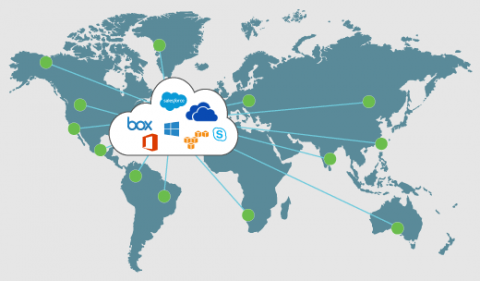Our IT transformationstrategyequals three zeros
When I joined ServiceNow, IT Operations had what I’d call a “best effort” strategy—push hard, keep things running, meet your SLAs, and so on. This worked well enough, but that was hardly a formula for long-term success at scale. We needed a new way of thinking that would move us from our traditional role as incident firefighter to that











